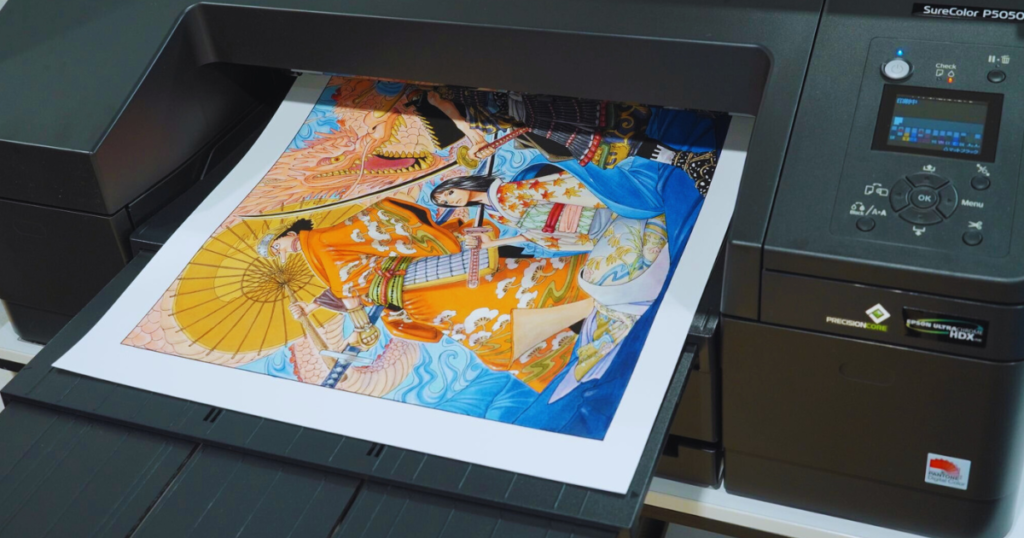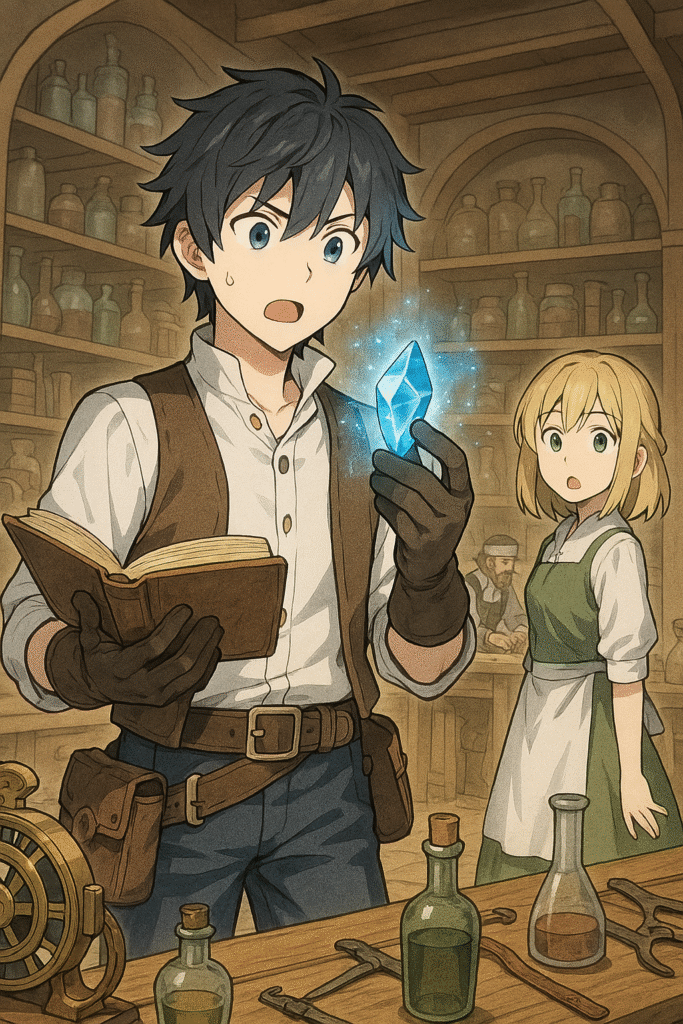For decades, manga has been one of the most recognizable features of Japanese culture and enthralled readers with its rich storytelling and unique art style. Traditionally consumed in print, whether in thick weekly magazines or in beautifully bound tankōbon volumes, manga has undergone a radical transformation with the rise of digital platforms. It has transformed the way readers approach their favorite stories and introduced new opportunities-and challenges-for creators and publishers alike.
The Golden Age of Print Manga
Before the internet took over every aspect of life, print manga was dominating the world, from Japan to other countries. Manga magazines like *Shonen Jump* and *Shojo Beat* would release serialized chapters weekly or monthly to keep anticipation high for each new serial publication. Readers were going crazy, visiting convenience stores for the latest issue and flipping through the pages in trains, cafes, or at home.
Print manga had a certain charm: the crisp feel of the pages, the smell of fresh ink, and the joy of collecting physical volumes to line up neatly on bookshelves. But despite these nostalgic qualities, print manga had a number of drawbacks: publishing costs were high, and international readers had to often wait months or even years for official translations.
The Digital Revolution: Accessibility and Convenience
With the advent of the Internet and mobile technology, manga finally went digital, and the reading experience would never be the same. Online services such as Shonen Jump+, ComiXology, and Webtoon enable readers to access their favorite manga instantly with the use of smartphones, tablets, or computers. No longer would fans have to wait for physical shipments or pay premium prices for imported editions.
Another major plus is that digital manga can be so much more accessible: instead of relying on scanlations, international readers can access most manga titles as they come out in Japan-legally, very often simultaneously translated. This advantage to casual readers, in addition to being less expensive compared to buying volumes, has grown the casual manga reader base worldwide.
Challenges of the Digital Shift
As much as digital platforms have offered convenience, they bring along challenges. For starters, old-time publishers had to rush to adapt or perish. The webcomic-independent manga creators have taken over the industry and allowed artists to bypass the traditional gatekeeper chains to self-publish their work. Of course, this empowering opportunity has other consequences: higher competition and difficulty in standing out from an oversaturated market.
The other issue at stake is piracy. Despite the existence of legitimate digital platforms, readers often access material through unauthorized sources. This, of course, deprives creators and publishers of a great amount of revenue. Another important challenge to meet is a balance between affordability and convenience while compensating artists fairly.
How Digital Tools Are Shaping the Future of Manga
Besides distribution, digital technology is also changing the way manga is created: many artists have started to use tablets and special software for drawing, which quickens the process and makes it more efficient. Even AI-driven tools, such as those used for creating AI presentation slides, are being explored to assist in coloring, generating backgrounds, and text formatting.
Also gaining popularity are interactive and animated webcomics that merge manga with motion graphics and sound effects. Though purists may prefer the traditional black-and-white panel format, these works are pushing the boundaries of what is possible with visual storytelling.
The Best of Both Worlds
Yet, print manga is nowhere near dead. The collectors still covet physical volumes, and special edition releases move the sales. Some publishers have moved to the hybrid approach, offering both print and digital formats for different preferences.
After all, the future of manga is in the hands of its readers and creators alike. Whether you get your kicks off from the nostalgic feel and smell of actually flipping through a bound volume or you like the instant access that digital manga offers, it has never been a great time to be a manga fan.
Manga has transformed from print to digital, in ways unimaginable a few decades ago. While there are still challenges, the shift has opened up new opportunities for readers and creators alike. Be you a lifelong fan or new to the world of manga, one thing is for sure-this art form will continue to adapt, innovate, and inspire generations to come. So, how do you like to read your manga-on paper or on-screen? Let’s discuss in the comments.




